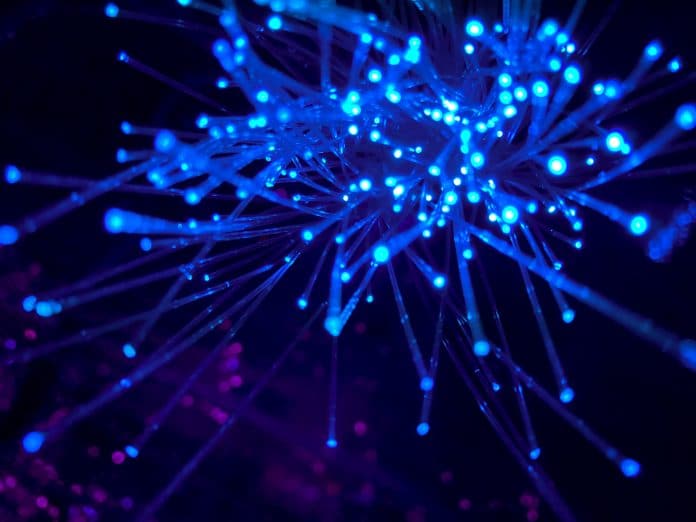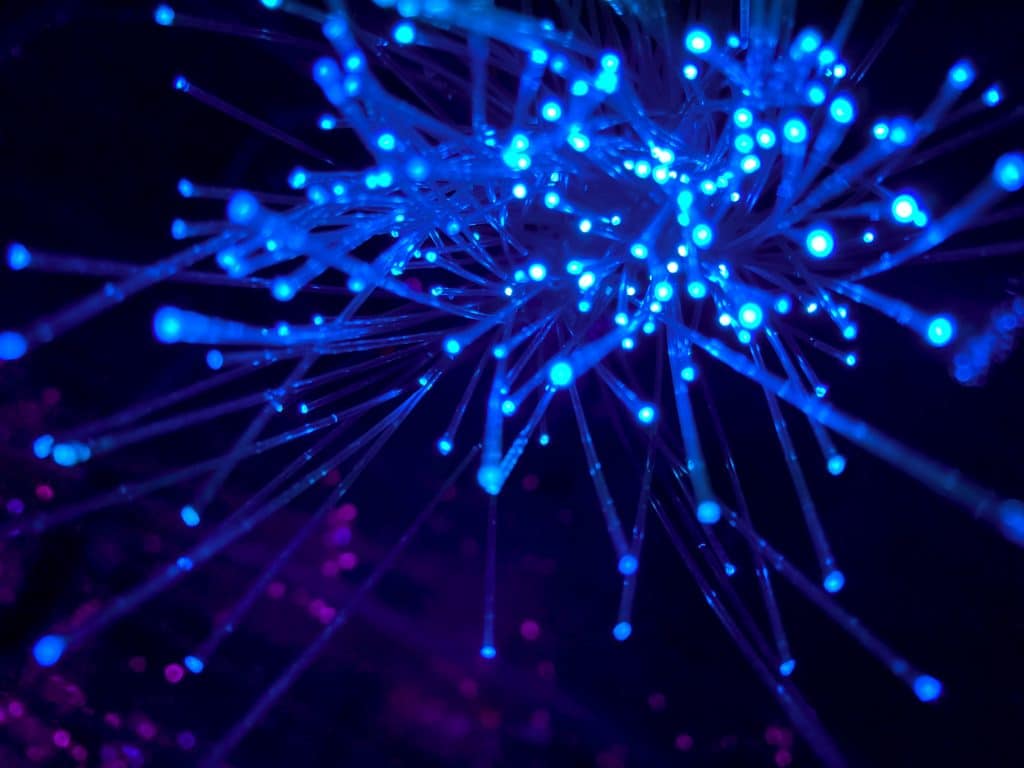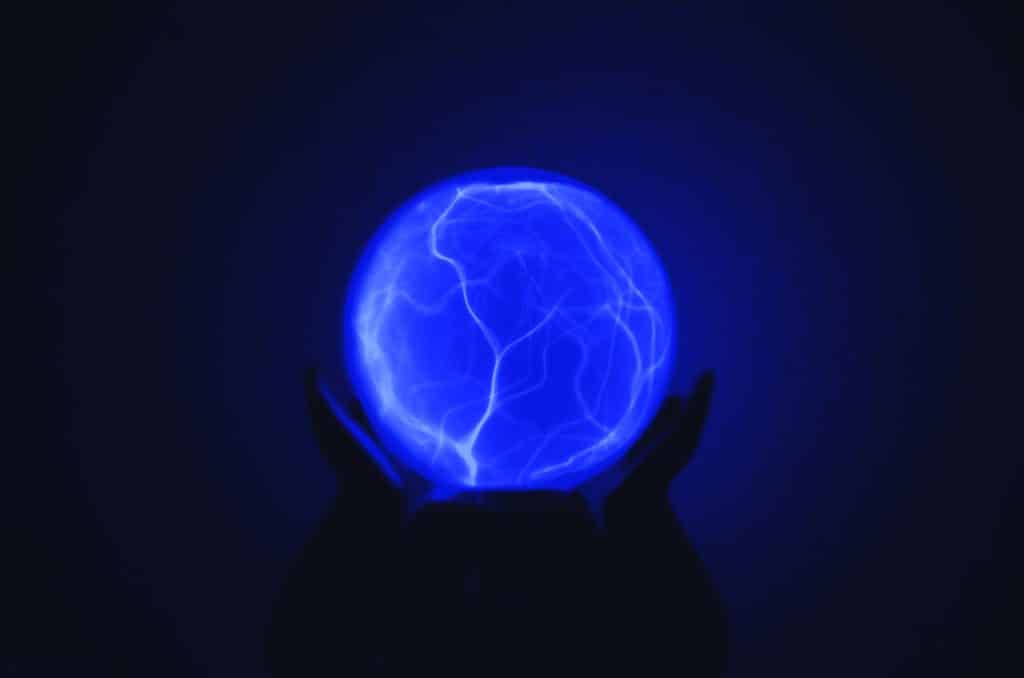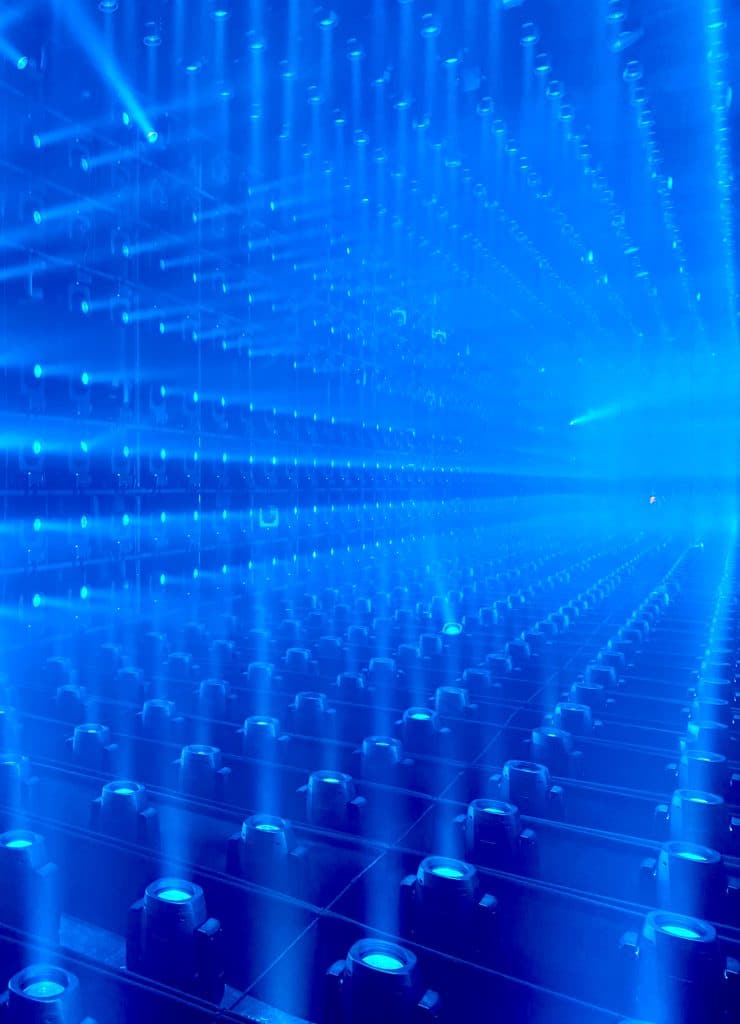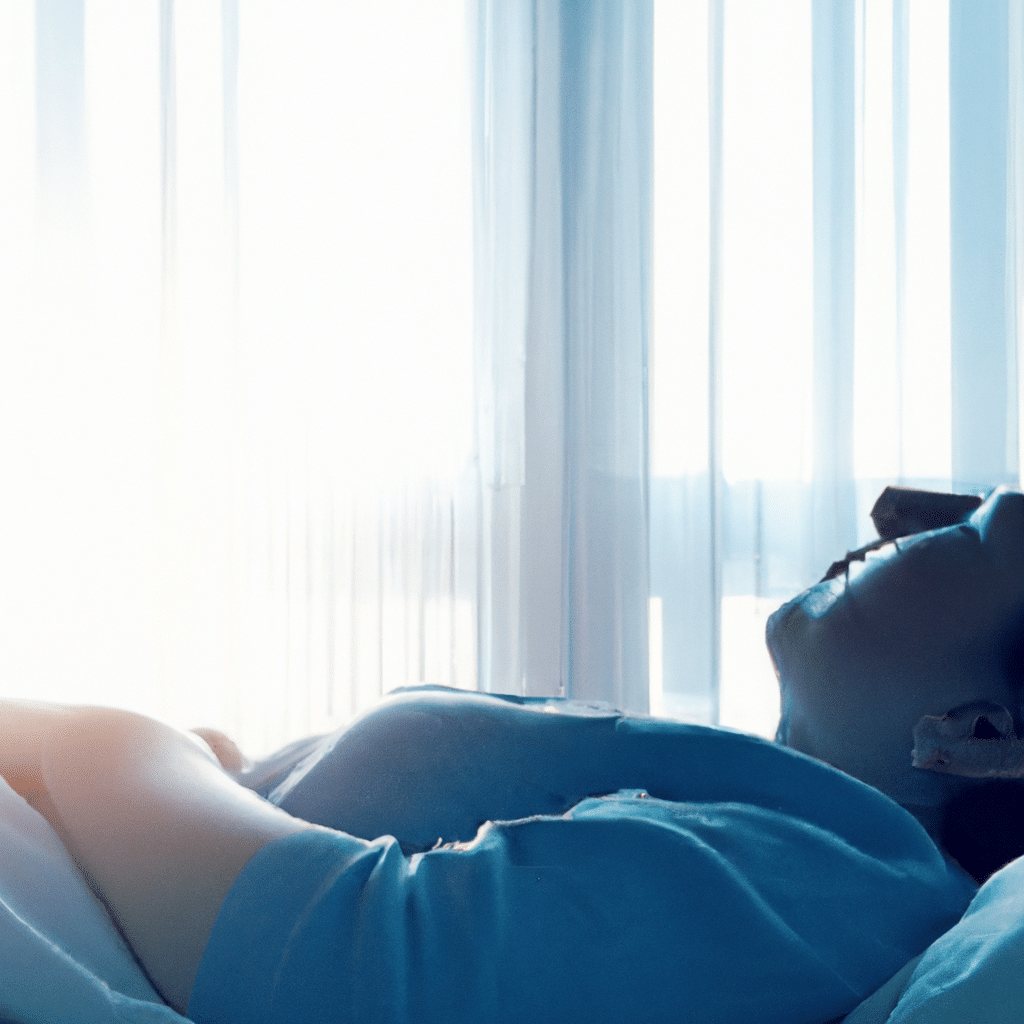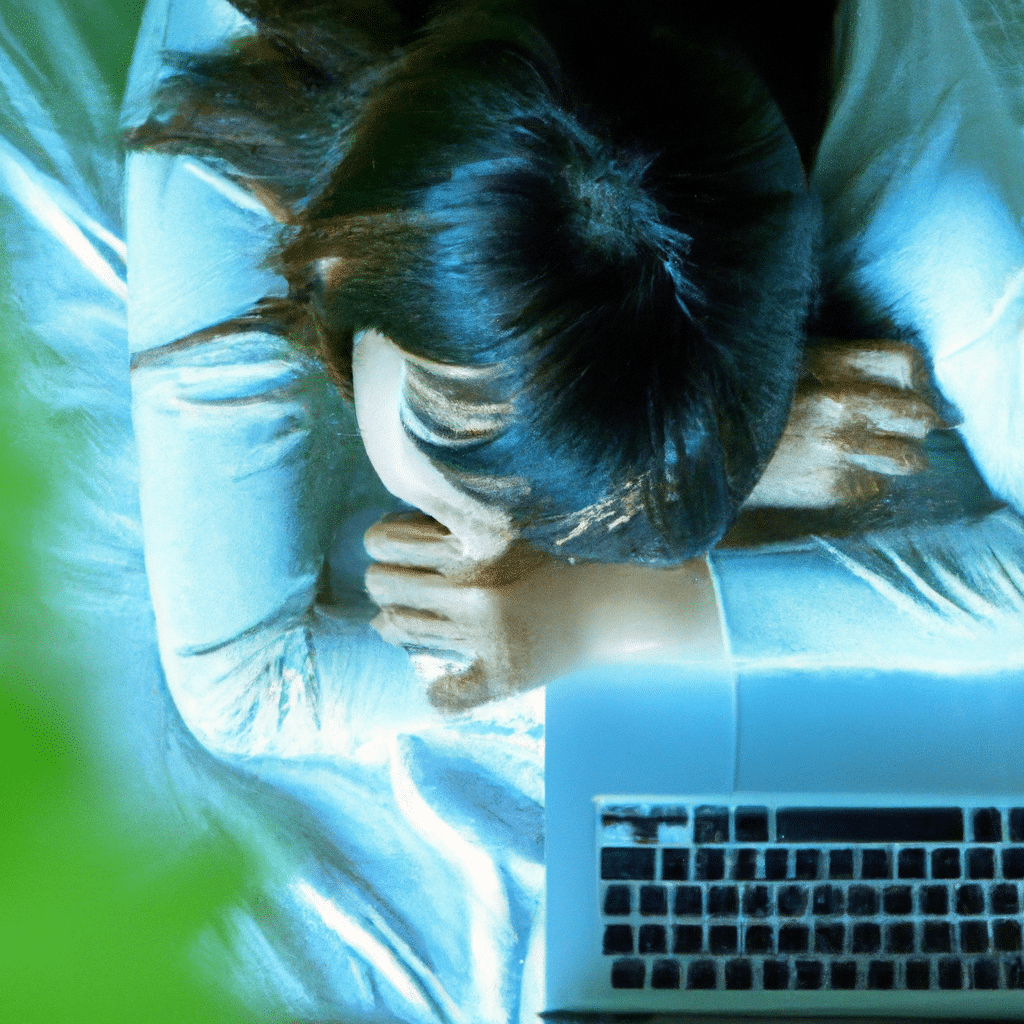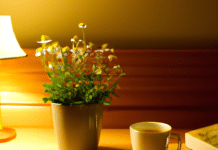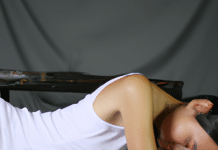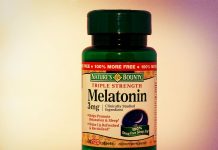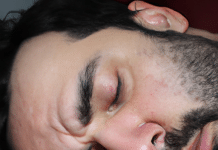Ever wondered why it’s so hard to fall asleep after staring at your phone or computer screen late at night? We’ve all been there, tossing and turning, desperately trying to drift off, but our minds just won’t shut down. Well, it turns out that light exposure plays a crucial role in regulating our sleep patterns. Whether it’s natural sunlight during the day or artificial light from electronic devices at night, the type and intensity of light we’re exposed to can have a significant impact on the quality and duration of our sleep. In this article, we’ll explore the fascinating relationship between light exposure and sleep and discover some practical tips to ensure a restful night’s sleep.
Review contents
The Importance of Sleep
Sleep is an essential aspect of our lives, one that plays a vital role in our overall health and well-being. As humans, we spend approximately one-third of our lives sleeping. During this time, our bodies undergo crucial processes that restore and rejuvenate us, both mentally and physically. However, many people underestimate the importance of sleep and the factors that can affect the quality of our sleep. One such factor that significantly impacts our sleep is light exposure.
The Role of Light in Sleep Regulation
Circadian Rhythm
Our bodies have a natural internal clock, known as the circadian rhythm, which regulates various biological processes, including sleep and wakefulness. This rhythm is influenced by external cues, with light being the most potent. Exposure to light helps synchronize our circadian rhythm to the earth’s 24-hour day, ensuring that we feel awake and alert during the day and sleepy at night.
Melatonin Production
Melatonin is a hormone that plays a critical role in regulating our sleep-wake cycle. It is produced by the pineal gland in the brain and is responsible for promoting sleepiness. The production of melatonin is influenced by light, particularly the absence of light. When it begins to get dark, the pineal gland releases melatonin, signaling to our bodies that it’s time to sleep.
Suppression of Sleep
On the flip side, exposure to light, especially blue light, can suppress the production of melatonin. Blue light, which is emitted by electronic devices and certain artificial light sources, has a particular effect on the suppression of melatonin. This can make it challenging to fall asleep and can lead to delayed sleep onset.
Wakefulness
Conversely, exposure to light, particularly natural light, during the day helps promote wakefulness and alertness. It stimulates the production of cortisol, a hormone responsible for energy and alertness. The presence of natural light during the daytime ensures that our bodies are properly aligned with the waking hours of the day and helps us feel more awake and energized.
This image is property of images.unsplash.com.
Types of Light
Visible Light
Visible light is the portion of the electromagnetic spectrum that is visible to the human eye. It consists of different colors, each with a specific wavelength and energy. While visible light is essential for vision and perceiving our environment, it also has a significant impact on our sleep.
Blue Light
Blue light, which has a shorter wavelength and higher energy than other colors in the visible light spectrum, is particularly potent in affecting our sleep. It is emitted by electronic devices such as smartphones, tablets, and computers, as well as certain artificial light sources. Prolonged exposure to blue light, especially in the evening and nighttime, can disrupt our sleep-wake cycle and make it harder to fall asleep.
Natural Light
Natural light, particularly sunlight, is the most beneficial source of light for our sleep. It contains the full spectrum of visible light, including blue light, which helps regulate our circadian rhythm and promotes wakefulness during the day. Exposure to natural light has been shown to improve sleep quality, boost mood, and enhance overall well-being.
Artificial Light
Artificial light sources, such as traditional incandescent bulbs and fluorescent lighting, can have varying effects on our sleep depending on their color temperature and intensity. Bright artificial light, especially in the evening, can interfere with our circadian rhythm and melatonin production, making it more difficult to fall asleep.
Effects of Light Exposure on Sleep
Delayed Sleep Onset
Exposure to light, particularly blue light from electronic devices, in the evening and nighttime can delay the onset of sleep. The suppression of melatonin production due to blue light can disrupt our natural sleep-wake cycle and make it harder to fall asleep at the desired times.
Reduced Sleep Duration
Prolonged exposure to light, especially late at night, can lead to a reduced overall sleep duration. This is because exposure to light suppresses melatonin production, which interferes with the body’s ability to initiate and maintain sleep.
Fragmented Sleep
Light exposure during the night, such as from streetlights or electronic devices, can cause fragmented sleep. Even brief exposure to light during sleep can trigger brief awakenings that disrupt the continuity of sleep, resulting in a less restful night’s rest.
Disrupted circadian rhythm
Exposure to light at inappropriate times, such as during the night or early morning, can disrupt our circadian rhythm. This can lead to a mismatch between our internal clock and the external environment, resulting in difficulty falling asleep, excessive daytime sleepiness, and a range of other health issues.
Poor Sleep Quality
Light exposure, especially when it interferes with our natural sleep-wake cycle, can significantly impact the quality of our sleep. It may result in lighter and less restorative sleep, leaving us feeling groggy, fatigued, and less alert during the day.
This image is property of images.unsplash.com.
Factors Influencing Light’s Effect on Sleep
Duration of Exposure
The duration of light exposure plays a role in its impact on sleep. Prolonged exposure to light, especially in the evening and nighttime, can have a more significant effect on sleep quality and duration than brief exposure.
Intensity of Light
The intensity of light refers to its brightness. Bright light, particularly in the evening and nighttime, can be more disruptive to sleep than dimmer light. The intensity of light affects our melatonin production, with higher intensity light suppressing melatonin to a greater extent.
Time of Day
The time of day when light exposure occurs also influences its impact on sleep. Exposure to bright light, particularly natural light, during the day promotes wakefulness and alertness. However, exposure to bright light, especially blue light, in the evening and nighttime can interfere with our ability to fall asleep and achieve sufficient sleep duration.
Individual Sensitivity
Each individual has a unique sensitivity to light, which can vary based on factors such as age, genetics, and overall health. Some individuals may be more sensitive to the effects of light on sleep, while others may be less affected. It is important to be aware of our individual sensitivity to light and make adjustments accordingly.
Light Exposure and Sleep Disorders
Insomnia
Insomnia is a sleep disorder characterized by difficulty falling asleep, staying asleep, or both. Light exposure can significantly impact insomnia, as it can delay the onset of sleep and reduce overall sleep duration. Individuals with insomnia may benefit from minimizing light exposure before bedtime to improve sleep quality.
Delayed Sleep Phase Disorder
Delayed sleep phase disorder is a sleep disorder in which an individual’s sleep-wake cycle is significantly delayed compared to the conventional sleep schedule. Light exposure, particularly in the evening, can exacerbate this disorder by delaying the onset of sleep even further. Managing and minimizing light exposure is crucial for individuals with delayed sleep phase disorder.
Shift Work Sleep Disorder
Shift work sleep disorder is a condition that affects individuals who work night shifts or rotating shifts. Exposure to light during the night when trying to sleep can disrupt the body’s ability to adjust to the irregular sleep schedule, leading to sleep difficulties and excessive sleepiness. Managing light exposure and establishing a dark sleep environment can help alleviate the symptoms of shift work sleep disorder.
This image is property of images.unsplash.com.
Ways to Minimize Light Exposure before Bed
Dimming the Lights
Dimming the lights in the evening can signal to our bodies that it is time to wind down and prepare for sleep. Using lower-intensity lighting, such as lamps or warm-colored bulbs, can help create a relaxing environment that promotes sleepiness.
Using Screen Filters
Electronic devices emit a significant amount of blue light, which can interfere with sleep. Using screen filters or applications that reduce the amount of blue light emitted by devices can help minimize the negative effects of light on sleep. These filters can be particularly helpful in the hours leading up to bedtime.
Avoiding Electronic Devices
To minimize light exposure, it is beneficial to avoid using electronic devices, such as smartphones, tablets, and computers, in the hour or two before bed. If it is necessary to use these devices, utilizing screen filters or switching to “night mode” can help reduce the impact of blue light on sleep.
Limiting Artificial Light Sources
Limiting the use of bright artificial light sources, especially in the evening and nighttime, can lessen their impact on sleep. Using lower wattage bulbs or dimmers, as well as turning off unnecessary lights, can create a more sleep-friendly environment and support the natural sleep-wake cycle.
Managing Light Exposure during the Day
Exposure to Natural Light
Exposure to natural light, particularly in the morning and daytime, is crucial for regulating our circadian rhythm and promoting wakefulness. Spending time outdoors, opening curtains or blinds, and allowing natural light into our living spaces can help ensure adequate exposure to light during the day.
Utilizing Light Therapy
For individuals who have difficulty getting enough natural light exposure, light therapy can be a beneficial option. Light therapy involves using specialized light boxes that emit bright light that mimics natural sunlight. This therapy can help regulate circadian rhythms and improve sleep-wake patterns.
Creating a Dark Sleep Environment
Creating a dark sleep environment is essential in promoting quality sleep. Using blackout curtains or blinds to block out external light sources, covering electronic devices with light-blocking decals or turning them off completely, and ensuring that alarm clocks or other sources of light are not too bright can all contribute to a darker sleep environment.
Benefits of Regulated Light Exposure
Improved Sleep Quality
Regulating light exposure can significantly enhance sleep quality. By minimizing light exposure in the evening and promoting exposure to natural light during the day, our bodies can better align with the natural sleep-wake cycle, leading to more restful and rejuvenating sleep.
Enhanced cognitive function
Quality sleep plays a vital role in cognitive function, including memory, attention, and problem-solving abilities. By ensuring proper light exposure and maintaining a healthy sleep-wake cycle, we can improve our cognitive performance and overall brain function.
Better overall health
Good sleep is crucial for maintaining overall health and well-being. Chronic sleep deprivation or poor sleep quality has been associated with a variety of health issues, including obesity, diabetes, heart disease, and mental health disorders. By prioritizing and regulating light exposure, we can support our bodies in achieving optimal sleep and reducing the risk of these health problems.
Conclusion
As we have explored, light exposure has a significant impact on our sleep-wake cycle and overall sleep quality. Through understanding the role of light in sleep regulation, recognizing different types of light, and considering the effects of light exposure on sleep, we can make informed choices to optimize our sleep. By managing light exposure before bed and during the day, we can promote healthier sleep patterns, enhance cognitive function, and improve our overall health and well-being. Let us prioritize our sleep and create environments that support our bodies’ natural sleep processes, ensuring that we can enjoy the countless benefits of restful and rejuvenating sleep.

